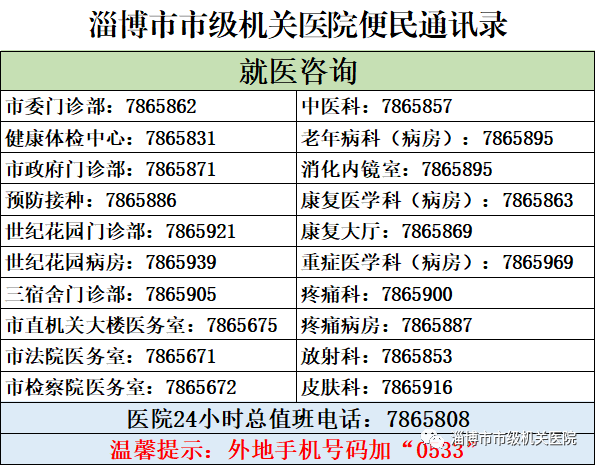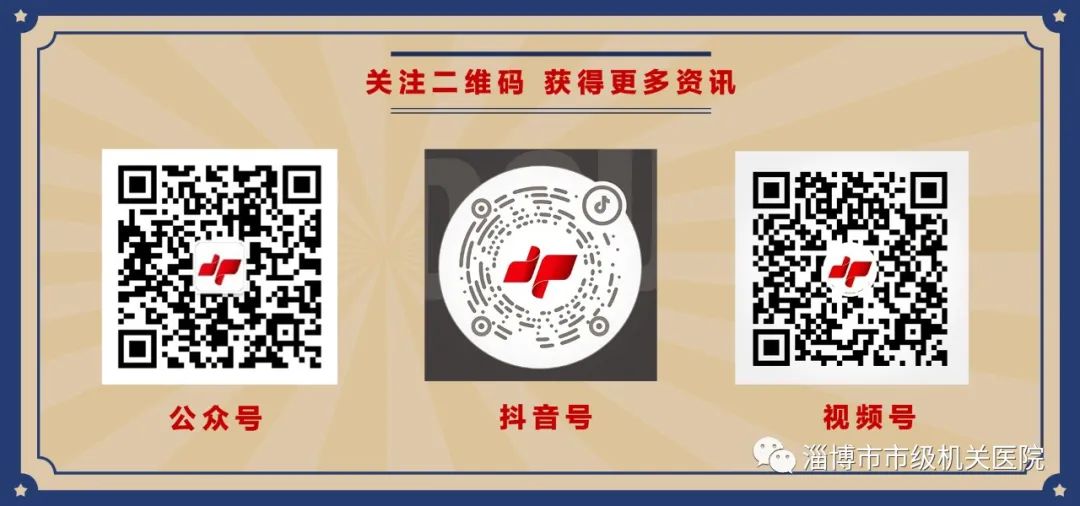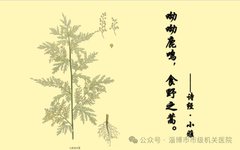Traditional Chinese Medicine (TCM) and ancient poetry are treasures of Chinese culture that have been passed down for thousands of years. The former embodies the benevolence and great love of healers for the world, while the latter uses tonal variations to touch the hearts of people. When TCM meets ancient poetry, it creates a unique form of Chinese romance.
Let us explore the Chinese medicinal herbs encountered in poetry.
1. Qinghao (Artemisia annua)
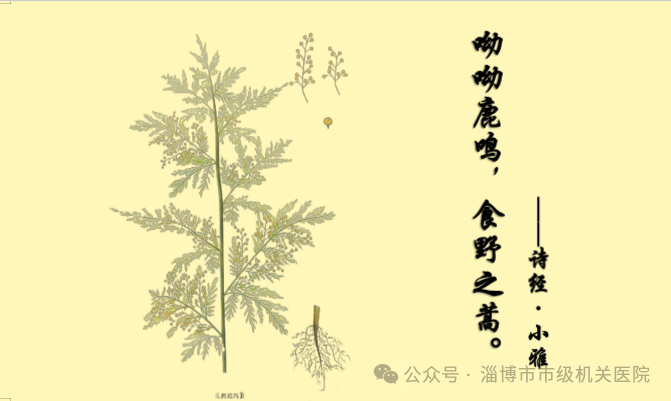
【Properties】Bitterness, pungency, cold.
【Meridians】Enters the Liver and Gallbladder meridians.
【Functions】Clears deficient heat, alleviates bone steaming, relieves summer heat, stops malaria, and reduces jaundice. Used for warm pathogens injuring Yin, night fever with morning coolness, Yin deficiency with fever, bone steaming due to overwork, summer heat fever, malaria with alternating chills and fever, and damp-heat jaundice.
2. He Ye (Lotus Leaf)
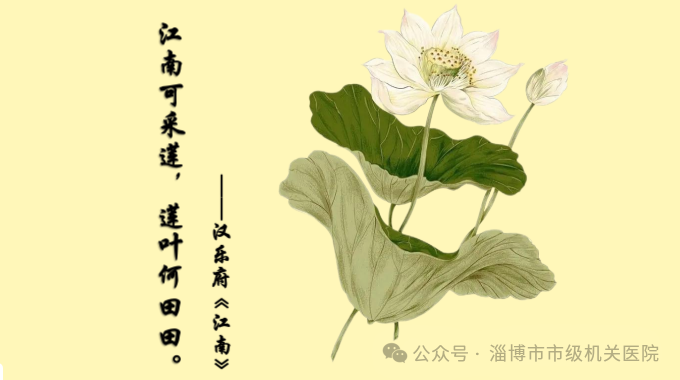
【Properties】Neutral, bitter.
【Meridians】Enters the Liver, Spleen, and Stomach meridians.
【Functions】Clears summer heat, transforms dampness, raises clear Yang, cools blood, and stops bleeding. Charred lotus leaf has astringent and blood-stopping properties.
3. Mudan (Peony)
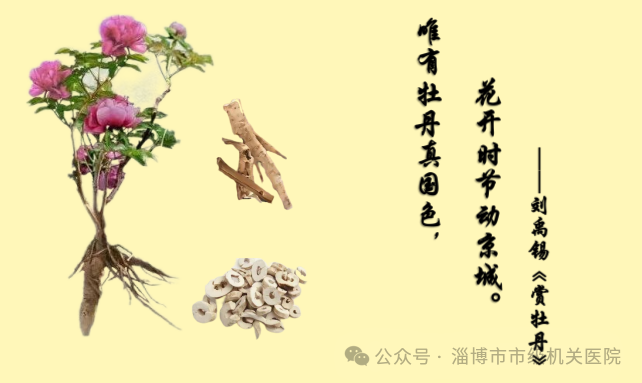
【Properties】Bitter, pungent, slightly cold.
【Meridians】Enters the Heart, Liver, and Kidney meridians.
【Functions】Clears heat, cools blood, invigorates blood, and resolves stasis.
4. Fangfeng (Siler Root)
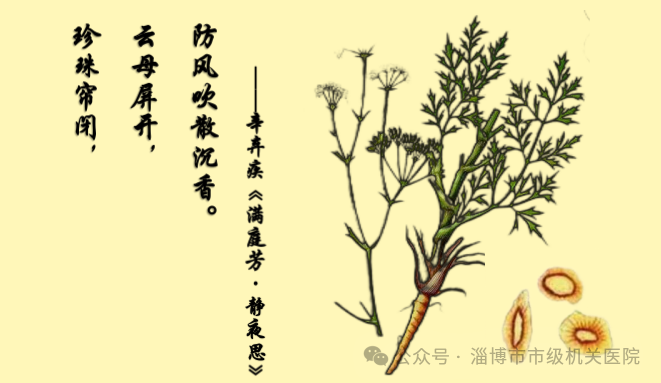
【Properties】Pungent, sweet, slightly warm.
【Meridians】Enters the Bladder, Liver, and Spleen meridians.
【Functions】Expels wind, releases the exterior, dispels dampness, alleviates pain, and stops spasms.
Contributed by: Century Garden Community Health Service Center



